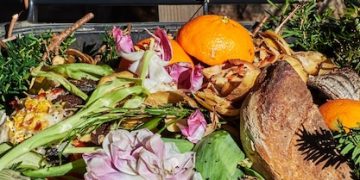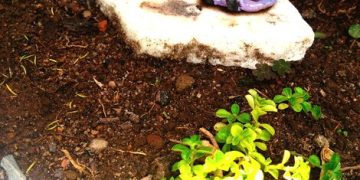Compost Like a Pro: Beginner’s Guide for US Residents
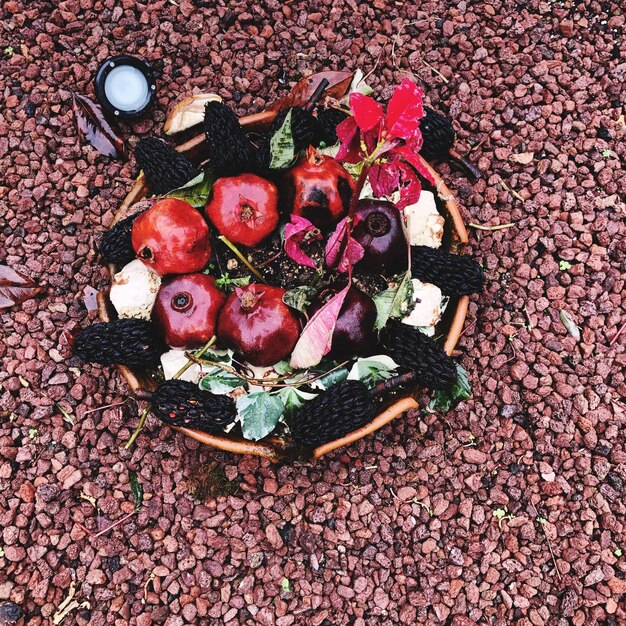
Composting like a pro involves understanding the right materials, proper layering, and consistent maintenance to create nutrient-rich soil for your garden, enhancing sustainability in the US.
Want to transform your kitchen scraps and yard waste into valuable compost? How to Compost Like a Pro: A Step-by-Step Guide for Beginners in the US will demystify the process, making it easy for anyone to create nutrient-rich soil and reduce waste.
Understanding the Basics of Composting
Composting is a natural process where organic matter decomposes and recycles into a valuable fertilizer known as compost. This process not only benefits your garden but also helps reduce landfill waste. Understanding the basic principles ensures a successful composting journey.
What is Compost?
Compost is essentially decomposed organic matter that can be used to enrich soil. It’s a fantastic amendment for gardens, providing essential nutrients for plant growth.
Why Compost?
Composting reduces waste, enriches soil, and decreases the need for chemical fertilizers. It’s an environmentally friendly way to manage organic waste.
- Reduces landfill waste by recycling kitchen and yard scraps.
- Enriches soil with essential nutrients, promoting healthy plant growth.
- Decreases the need for chemical fertilizers, supporting sustainable gardening.
- Improves soil structure, enhancing water retention and aeration.
By understanding these basics, you’re well on your way to composting like a pro and contributing to a more sustainable environment in the US. It’s a rewarding process that benefits both your garden and the planet.
Choosing the Right Composting Method for You
Selecting the appropriate composting method is crucial for successful composting. Different methods suit different lifestyles and available space in the US. Let’s explore some popular options to help you decide which works best for you.
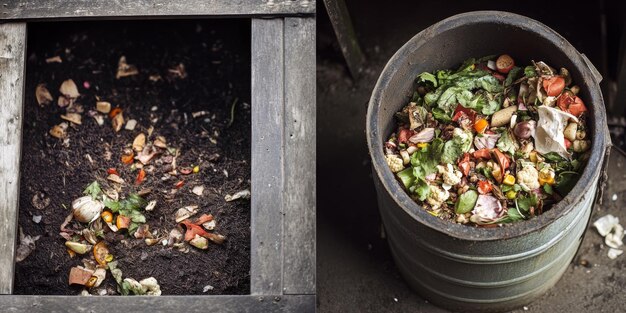
Backyard Composting
Backyard composting involves creating a compost pile or bin in your yard. This method is excellent for those with ample outdoor space and a steady supply of yard waste.
Vermicomposting (Worm Composting)
Vermicomposting uses worms to break down organic matter. It’s ideal for those with limited space, such as apartment dwellers, and can be done indoors.
- Backyard Composting: Suitable for larger volumes of yard waste and kitchen scraps.
- Vermicomposting: Perfect for indoor use and processing smaller amounts of food waste.
- Tumbler Composting: Offers faster decomposition and easier turning compared to traditional piles.
- Bokashi Composting: An anaerobic method that pickles food waste, ideal for all types of organic matter, including meat and dairy.
Consider your available space, the amount of waste you generate, and your desired level of involvement when choosing a composting method. Each method has its own set of advantages and considerations.
Gathering the Right Materials: What to Compost
Knowing what to compost is essential for creating a healthy and balanced compost pile. The right mix of materials ensures proper decomposition and nutrient content. Let’s dive into what you can and cannot compost.
“Greens” vs. “Browns”
Compost materials are often categorized as “greens” (nitrogen-rich) and “browns” (carbon-rich). A balanced ratio is crucial for effective composting.
Acceptable “Green” Materials
“Greens” include grass clippings, fruit and vegetable scraps, coffee grounds, and tea bags. These materials provide nitrogen, which is essential for decomposition.
- Grass clippings
- Fruit and vegetable scraps
- Coffee grounds and tea bags
- Green leaves
Acceptable “Brown” Materials
“Browns” include dried leaves, shredded paper, cardboard, and sawdust. These materials provide carbon, which fuels the composting process.
- Dried leaves
- Shredded paper and cardboard
- Sawdust (untreated)
- Straw and hay
What Not to Compost
Avoid composting meat, dairy, oily foods, diseased plants, and pet waste. These materials can attract pests, create unpleasant odors, and introduce harmful pathogens.
- Meat and dairy products
- Oily foods
- Diseased plants
- Pet waste
Understanding the right mix of “greens” and “browns,” along with knowing what to avoid, will help you maintain a healthy and productive compost pile in the US.
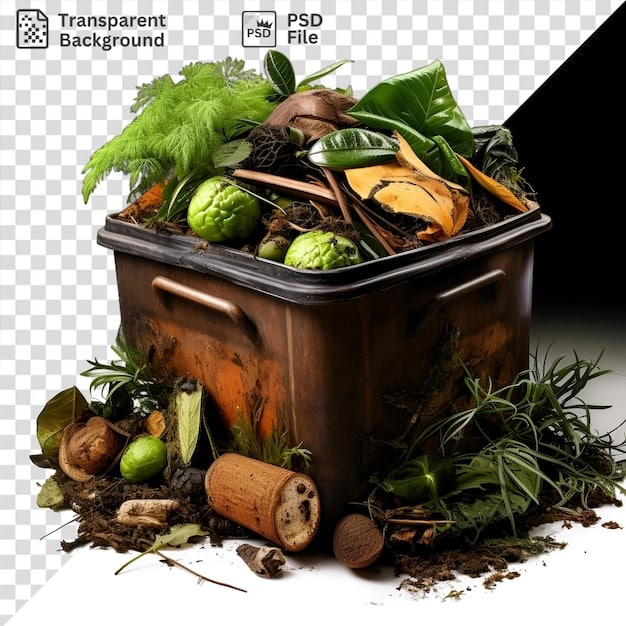
Building Your Compost Pile: Layering Techniques
Effective layering is key to building a compost pile that decomposes efficiently. Proper layering ensures adequate aeration and moisture, accelerating the composting process. Here’s how to layer your compost pile like a pro.
The Importance of Layering
Layering ensures a balanced mix of “greens” and “browns,” providing the necessary nutrients and carbon for decomposition. It also helps maintain proper aeration and moisture levels.
Step-by-Step Layering Guide
Start with a layer of “browns” to provide a base for aeration. Then, add a layer of “greens” to introduce nitrogen. Alternate layers, ensuring each layer is adequately moistened.
- Start with a 4-6 inch layer of “browns” (e.g., dried leaves, shredded cardboard).
- Add a 2-4 inch layer of “greens” (e.g., grass clippings, fruit scraps).
- Moisten each layer thoroughly.
- Repeat the layers until the pile reaches the desired size.
Maintaining Proper Moisture
The compost pile should be moist but not waterlogged. Aim for the consistency of a wrung-out sponge. Add water as needed to maintain proper moisture levels.
By following these layering techniques, you’ll create a compost pile that decomposes efficiently, resulting in nutrient-rich compost for your garden in the US.
Maintaining Your Compost Pile: Turning and Monitoring
Maintaining your compost pile through regular turning and monitoring is vital for a successful composting process. These practices ensure proper aeration, moisture balance, and temperature, accelerating decomposition.
Why Turning is Important
Turning the compost pile introduces oxygen, which is essential for aerobic decomposition. It also helps distribute moisture and mixes the materials evenly.
How Often to Turn
Ideally, turn your compost pile every 1-2 weeks. More frequent turning speeds up the composting process, while less frequent turning is still beneficial.
Monitoring Temperature and Moisture
Use a compost thermometer to monitor the pile’s temperature. The ideal temperature range for active composting is between 130°F and 160°F. Also, check the moisture level regularly, adding water as needed to maintain the consistency of a wrung-out sponge.
- Turn the pile every 1-2 weeks to introduce oxygen and mix materials.
- Monitor temperature using a compost thermometer to ensure it stays between 130°F and 160°F.
- Check moisture levels regularly and add water to maintain the consistency of a wrung-out sponge.
Troubleshooting Common Composting Issues
Even with the best practices, composting can sometimes present challenges. Recognizing and addressing common issues will help you maintain a healthy and productive compost pile. Let’s explore some frequent problems and their solutions.
Odor Problems
Unpleasant odors often indicate an imbalance in the compost pile. Common causes include excessive moisture, lack of aeration, or too much nitrogen.
Slow Decomposition
Slow decomposition can result from a lack of moisture, insufficient nitrogen, or cold temperatures. Adjusting these factors can speed up the composting process.
- Odor Problems: Ensure proper aeration by turning the pile regularly and add more “browns” to balance the nitrogen.
- Slow Decomposition: Increase moisture, add more “greens,” and provide insulation during colder months.
- Pest Problems: Avoid composting meat, dairy, and oily foods, and cover the pile with a layer of soil or leaves.
Pest Problems
Pests can be attracted to compost piles that contain meat, dairy, or oily foods. Properly managing your compost pile and avoiding these materials can help prevent pest infestations.
Using Your Compost: A Gardener’s Gold
Once your compost is ready, it’s time to reap the rewards! Compost is a gardener’s gold, offering numerous benefits to your plants and soil. Let’s explore how to use your finished compost effectively.
Identifying Finished Compost
Finished compost should be dark, crumbly, and have an earthy smell. It should resemble rich soil and no longer contain recognizable materials.
How to Apply Compost
Compost can be used in various ways, including as a soil amendment, mulch, or potting mix ingredient. Incorporate it into your garden beds, use it as a top dressing, or mix it with soil for container plants.
Benefits of Using Compost
Compost improves soil structure, enhances water retention, provides essential nutrients, and promotes healthy plant growth. It’s a sustainable way to nourish your garden.
- Soil Amendment: Mix compost into garden beds to improve soil structure and fertility.
- Mulch: Apply compost around plants to retain moisture, suppress weeds, and regulate soil temperature.
- Potting Mix: Combine compost with soil for container plants to provide essential nutrients and improve drainage.
| Key Point | Brief Description |
|---|---|
| 🌱 Greens & Browns | Balance nitrogen-rich (“greens”) and carbon-rich (“browns”) materials for effective composting. |
| 🔄 Turning & Moisture | Regular turning aerates the pile; maintain moisture like a wrung-out sponge. |
| 🌡️ Temperature | Keep the compost pile’s temperature between 130°F and 160°F for optimal decomposition. |
| 🚫 Avoid | Do not compost meat, dairy, oily foods, or diseased plants to prevent odors and pests. |
Frequently Asked Questions
▼
The ideal ratio is about two parts “browns” to one part “greens”. This balance ensures proper carbon and nitrogen levels for efficient decomposition.
▼
Composting time varies depending on the method and environmental conditions. Actively managed piles can produce compost in 3-6 months, while passive piles may take up to a year.
▼
Bad odors typically indicate poor aeration or an imbalance of materials. Turn the pile to introduce oxygen and add more “browns” to correct the balance
▼
Yes, you can compost year-round, but decomposition may slow down in cold weather. Insulate the pile with extra leaves or straw to maintain activity.
▼
Finished compost is dark, crumbly, and has an earthy smell. It should not contain recognizable food scraps or yard waste, resembling rich soil.
Conclusion
Composting like a pro in the United States is achievable with the right knowledge and techniques. By understanding the basics, choosing the appropriate method, gathering the right materials, and maintaining your compost pile, you can create valuable compost for your garden while contributing to a more sustainable environment. Embrace the journey and enjoy the benefits of this rewarding practice.
